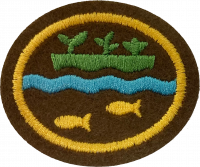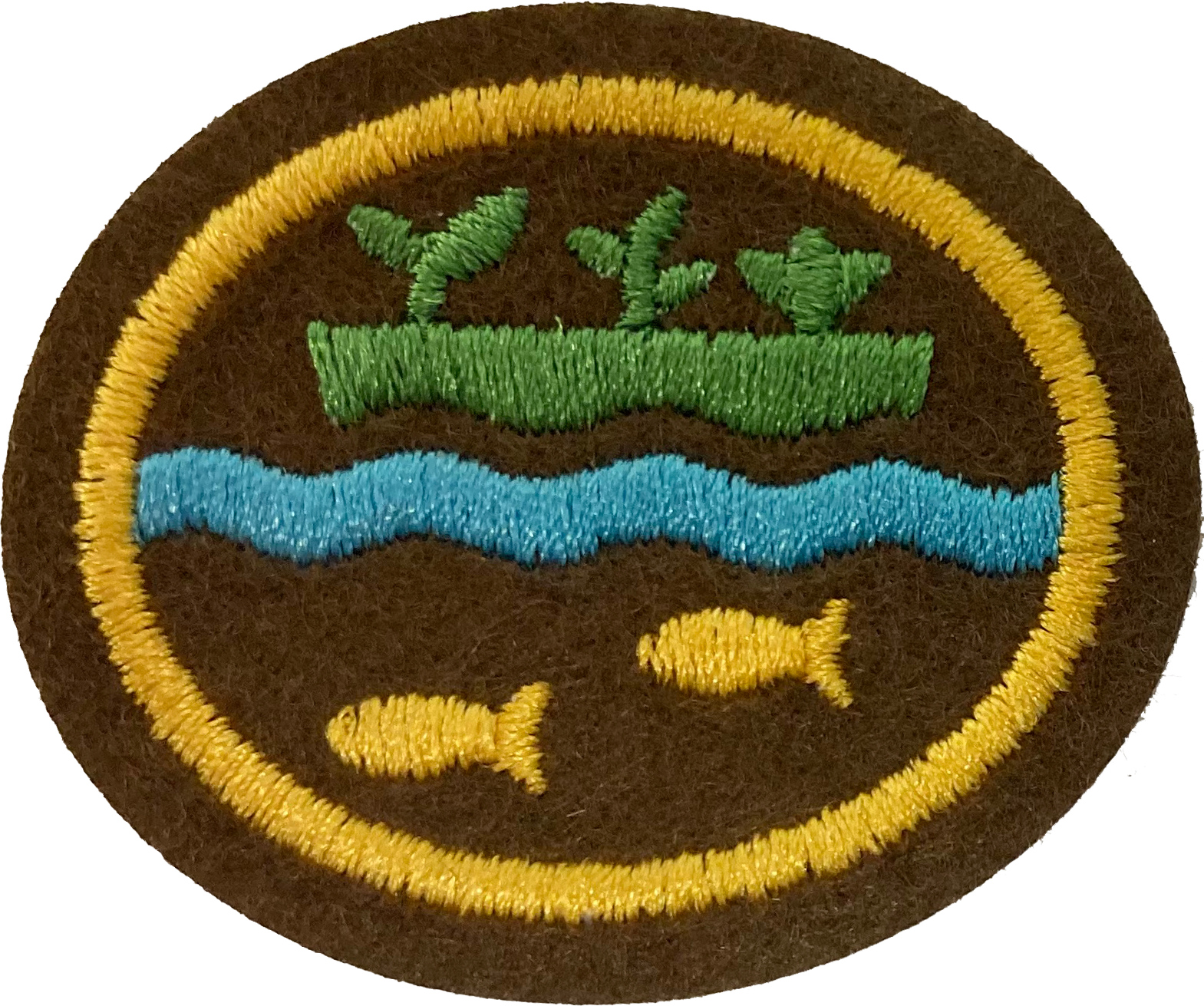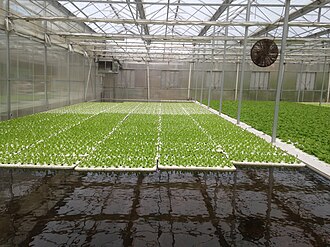AY Honor Hydroponics and Aquaponics Answer Key
Skill Level
2
Year
2021
Version
08.10.2025
Approval authority
North American Division
1
Aquaponics: A system using fish waste to fertilize plant growth. Plants filter the water and return the cleaned water to the fish. Basically a contained ecosystem.
Hydroponics: Similar to aquaponics, minus the fish. A system of growing plants without soil, but often involving gravel, sand, or other media.
2
Similarities: Both include the growth of plants (obviously), utilize water, and are productive in growing food for human consumption. Hydroponics often involves fertilizers. Aquaponics involves an ecosystem.
Differences: Neither hydroponics nor aquaponics involves the use of soil. Aquaponics does not use fertilizers but does use fish and hydroponics is not a complete ecosystem. Both are often built indoors to accommodate better temperature control.
3
Wick System: Consists of a water reservoir, a container to grow the plants in (often set on top of the water reservoir), and a wick, made of anything from felt to cotton to coconut coir. Moving water from the water reservoir to the plant by means of a wick. Similar to the way oil is drawn up the wick in a lamp, the water is moved close to a plant's roots for absorption.
Deep Water Culture: Consists of a water reservoir, containers with which the plants are suspended into the water and a way to keep them on the surface, and an air pump and air stone. The plants are suspended in such a way that the roots sit directly in the water. The air stone is put in the water under the plants to aerate the water to ensure that the plants don't suffocate or drown. This is one of the most common system setups.
Nutrient Film Technique: Similar to Deep Water Culture and popular commercially. Consists of a water reservoir, a pump and a separate growing tray for the plants. The water is pumped from the tank to the tray which is sloped to cause the water to flow from one end to the other to water the plants. When the water reaches the other end, it flows back into the reservoir.
Flood and Drain: Consists of a water reservoir, a tray for the plants, and sometimes a water pump. The plants are not constantly exposed to water in this system, but at certain times per day, the roots are flooded for a certain period of time, then drained. This can be done manually by filling it by hand, or by pump, or even more advanced by attaching the pump to a timer.
Drip Systems: Consists of a water reservoir, a plant tray, and a pump with tubing to each plant. The pump pumps water from the reservoir through the tubing to drip into the individual plant containers. The water that seeps out of the bottom is collected in the tray and returned to the reservoir. This system is most common commercially as the set-up cost is a bit higher than many of the other models and requires a little more maintenance.
Aeroponics: One of the most complex and high-tech system. Consists of a water reservoir (as always) with a watertight or near water tight lid into which the plants are attached, their roots hanging into the container below. The roots do not rest in water as with the Deep-Water Culture system, but a mister inside the system keeps the roots moist, watering them through this mist rather than from direct contact with the water.
How do aquaponics systems compare: Aquaponics systems are very similar except for the fact that aquaponics includes fish in the cycle. This may cause problems in some of the systems such as drip systems as the system has to work around the solid fish waste. This can clog systems and disrupt the cycle, possibly causing overflow and flooding.
4
Hydro/aquaponics are:
- Somewhat easy to set up
- Do not take much space
- Can be easily scalable to the size of the space that they are being grown in
- Can grow plants on racks stacked above each other, which means more plants per foot of space
- Can be built nearly anywhere including in the middle of big cities
- Are more easily controlled with fewer losses
- Are relatively inexpensive and accessible to all
- Can be a good way to grow organic food
- Can be a source of income
5
Aquaponics: Does not require fertilizers, simple to set up, dual income from both the plant and the fish, minimized disease.
Hydroponics: Does not have to deal with fish health, can be stacked more easily for maximized floor space efficiency, less smell.
6
A medium, in this case, is a non-soil substance in which the plants grow but receive no or minimum nutrients from. The purpose of this is to keep the plants in an upright position and to allow water and/or fish waste to become trapped around the plants roots for absorption. Examples of these are gravel, sand, coconut coir, wood chips, clay balls, or Perlite.
7
Hydroponic and aquaponic systems both produce much higher yields in comparison to more common farming, such as large scale outdoor farming. These yields of hydro/aquaponics average from 10 to 12 times the yield of outdoor agriculture per acre, but have been cited to be up to 100 times per acre in some rare cases.
Hydroponics and aquaponics can be very similar as far as yields go, depending on the system, the lighting, the quality of water, the fertilizers, etc. An important note to remember is that fish waste is a highly nutritious and natural fertilizer and the size and quality of the plants grown in it are often much better than those grown in fertilized water.
8
9
10
The purpose of this is to gain experience with hydro/aquaponics and get the participants used to the basic operation of a simple system. For a time crunch, growing herbs or even radishes, which take about 15 to 20 days till harvest, may be productive. Wheatgrass or alfalfa sprouts can be ready for harvest in just over a week or so. Growing other plants with a longer growth period, such as tomatoes or lettuce, would be advised if the full experience is desired.
11
11a
11b
11c
11d
12





